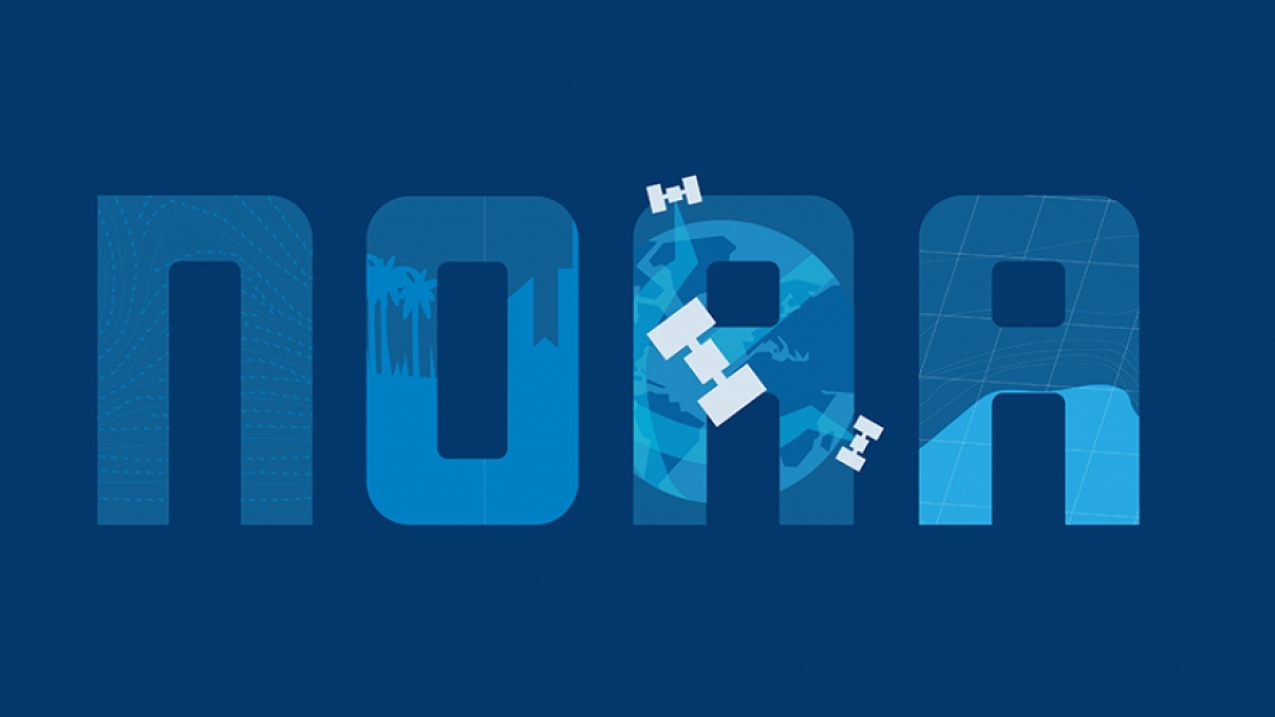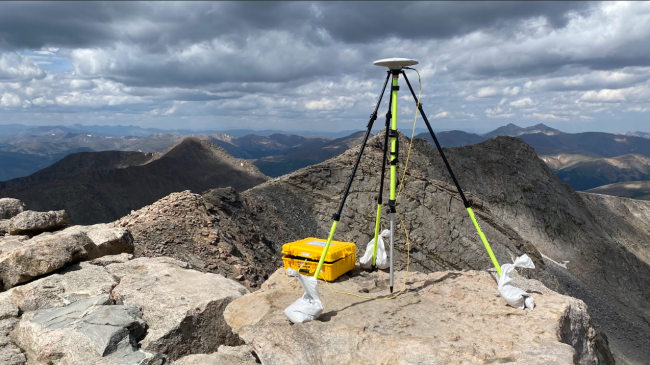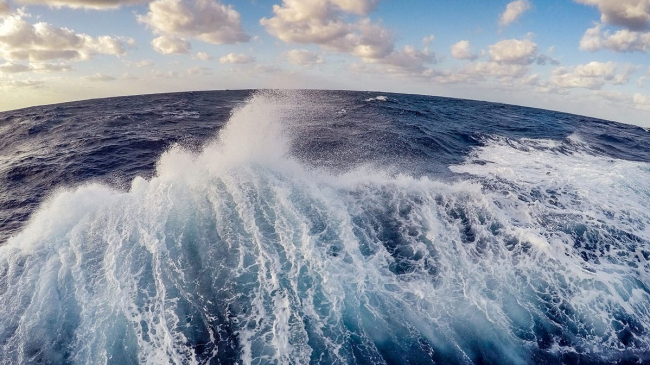RESTORE Act Science Program defines roadmap for Gulf activities
As part of the final version of the science plan for the NOAA RESTORE Act Science Program, today NOAA announced 10 long-term research priorities in the Gulf of Mexico, including how the Gulf’s waters, natural resources, fisheries and coastal communities are all interconnected. NOAA’s program supports research on the Gulf’s long-term ecological sustainability and its fisheries.

Welcome to noaa.gov (Image credit: NOAA)
An oiled shoreline habitat in Barataria Bay, Louisiana, in 2010. The NOAA RESTORE Act Science Program will focus on developing a more complete understanding of how the waters of the Gulf of Mexico, its natural resources, including fisheries, and its coastal communities are connected and how they can be managed to insure their long term health. (Credit: NOAA)
“Addressing the recommendations provided during the public comment period has resulted in a stronger science plan,” said Becky Allee, Ph.D., lead author of the NOAA RESTORE Act Science Program. “We look forward to continued dialogue with those who care about the Gulf of Mexico, the impact this program can have on the region, and to working with the research and resource management communities to address the priorities captured in the plan.”
Among the key research priorities identified in the plan are:
-
Addressing the needs of fisheries and other natural resource managers with ready to use models, decision support tools, and new monitoring technologies;
-
Focusing on developing a more complete understanding of how the waters of the Gulf of Mexico, its natural resources, including fisheries, and its coastal communities are connected;
-
Seeking to improve the capacity to predict the impact of climate change and severe weather on the Gulf of Mexico and its natural resources; and
-
Recognizing the importance of developing indicators for measuring the long-term status and health of the Gulf of Mexico ecosystem including fisheries.
In making its selection of long-term research priorities, NOAA considered specific management or restoration needs in the Gulf region that fit the requirements for the science program outlined in the RESTORE Act (Resources and Ecosystems Sustainability, Tourist Opportunities, and Revived Economies of the Gulf Coast States).
NOAA also sought to avoid duplicating the priorities of other Gulf science programs, especially those created in the wake of the Deepwater Horizon oil spill, such as the Gulf of Mexico Research Initiative offsite link, the National Academy of Sciences Gulf Research Program offsite link, and those funded through the on-going Deepwater Horizon Natural Resource Damage Assessment.
NOAA received 20 sets of comments from organizations and private citizens during a public comment period on a draft version of the science plan at the end of 2014, totaling 241 recommendations altogether. An overview of the response to comments NOAA received can be found in the Federal Register notice announcing the plan’s release.
The final plan clarified NOAA’s role in the program, added information on how the program will turn the long-term research priorities into future funding opportunities, and added information on general areas where future projects may be located.
The plan also shows how the program will be administered and will work with partners. The long-term research priorities in the science plan will serve as the basis for future federal funding opportunities administered through the NOAA RESTORE Act science program. NOAA anticipates that the science plan and its research priorities will be evaluated and updated every five years.
The NOAA program will be funded by 2.5 percent of the Gulf Coast Restoration Trust Fund, established by the RESTORE Act, which comprises 80 percent of Clean Water Act civil penalties recovered from parties responsible for the Deepwater Horizon oil spill. On February 19, 2013, a federal judge approved a $1 billion civil settlement with Transocean, as a responsible party for the oil spill. This settlement provides the NOAA Restore Act Science Program with approximately $20 million plus 25 percent of any interest accrued from the portion of the settlement deposited into the Trust Fund.
Additional funding may become available from settlements with or judgments against other parties deemed responsible by the courts for the Deepwater Horizon oil spill.
The mission of the NOAA RESTORE Act Science Program is to increase understanding of the Gulf of Mexico ecosystem, including its fisheries, and to support its restoration and sustainability through research, observation, monitoring, and technology development.
NOAA’s mission is to understand and predict changes in the Earth's environment, from the depths of the ocean to the surface of the sun, and to conserve and manage our coastal and marine resources. Join us on Facebook, Twitter, Instagram and our other social media channels.
Contact:
Ben Sherman
NOAA DWH POC
202-253-5256 (cell)



